A jumping Sadhu, another concentrating on Damru while doing Vrikshasana. Still another, ash-smeared, blowing a bugle. A fellow ‘brother’ relishing the smoke of chillum. A Sadhavi deep in meditation, post-dip. Sages throwing water from entangled long hairs, collective jump by the Naga Sadhus at Dawn, men and women offering prayers while standing in knee deep cold water AND the serene, inspiring aarati in the evenings. Where do we see all this? Obviously at Mahakumbh (MK) at Prayag or Allahabad. Though Nasik, Ujjain and Haridwar host Ardha or half Kumbh, every 6 years, yet, the Prayag one is adjudged a magnum opus.
2. The MK which began in early January will see the unbelievable conglomeration of millions. Virtually, a sea of humanity. Of all castes, creed, complexions and races. Millions come to take dips of faith on the eve of Spring. Rituals and superstitions are very much visible and they are there to stay. Solace in exchange of misery and depression is always welcome.
3. It is a great leveler. However important or high one may be, everyone is equal before the almighty. A walk of 3 to 4 kms, braving cold and dust is a must. Bath at Triveni Sangam is considered very auspicious according to the Skand Purana. Same is supposed to clean one’s body and cleanse one’s sins. That is the faith or belief held for millions of years. Flowing water takes away all the ill feelings, all the divisions, sub-divisions and fragmentations. Post-bath, therefore, one is supposed to be in a profound state of mind. One also gets a ‘darshan’ of most of the Gurus & Saints here rather than taking the trouble of visiting them in their Ashrams located in far off places. They come from length and breadth of the vast nation and get identified with their own Akharas, altogether thirteen of them. Riot of color at the confluence of faith is amazing. Pull of Sangam is perplexing.
4. The fair held in 6000 acres area, divided in 14 sectors for 55 days will see many royal dips. First two have been performed on Makar Sankranti (14th January) and Mauni Amavasya (10th February). Latter was to see bath by 3 crore devotees. While doing so, they were expected to observe silence. Such large gatherings are also expected on 15th February on the Basant Panchami Day (3rd and last royal bath), Magh Purnima (25th February) and finally on Shivratri (10th March).
5. The ash – smeared Naga Sadhus decisively dominate the scenario. Mostly they do not wear cloths and have to undergo stringent ‘Tapasya’ for years. For some of them, dip at Sangam is a maiden activity. Otherwise also the congregation cannot proceed further unless Naga Sadhus (most of them partially clad now a days) have jumped in water by creating a loud sound.
6. The Dandi Dhari Sadhus, followers of Adi Sankracharya are also present in large numbers. They wear normal Indian cloths of orange colour. Sporting a beard, they carry a stick (dandi), made compulsory by the Sankracharya. One also sees them inside a cover to be carried in the manner a batsman carries his bat.
7. Coming to the entry and movement style, one gets an impression as if a change is in offing .Most of the seers use tractors or mini trucks in a procession, accompanied by a band, akin to a marriage. Some sages are seen mounted on horse back, some ride a chariot kind of structure, while others are even driving to the confluence point in expensive automobiles, provided liberally by the devotees.
8. The whole activity or the event gets an aesthetic look with the large presence of white Siberian Cranes. Not only they get needed relief in terms of weather, they get the added attention. No wonder they mingle well. Another welcome wind of change is the awareness campaign and discussions by the seers, researchers, activists and film stars on the need to keep Ganga clean. Protection and preservation are very much called for in view of expected adverse impact of the massive bathing activity.
9. For almost two months, the place takes the shape of a city of tents. The tents of various types, including the deluxe heated ones allow the followers to combine their status with spirituality. Following a bath in cold and may be muddy water, bathrooms with modern amenities are made available. A few of them also offer massage therapy to get rid of aches and pains.
10. Management of this sea of humanity or what is considered largest religious fair in the world, is a Herculean task, involving about 15,000 security personnel who are in turn assisted by 30,000 volunteers. 4,000 buses and 260 trains are pressed into service. Apart from encouraging & facilitating elation, jubilation and feeling of salvation, the Mela administration is on its tenterhooks managing its lost and found booth. Despite best efforts, some elders as well as children go astray apart from the loss of valuables of many devotees.
11. The conduct and control mechanism of the fair 12 years ago had been not only widely acclaimed but same had received top most ratings by the specialized firms. It is therefore, shameful and unfortunate that 38 persons, including two at the Sangam area lost their lives in a sudden stampede on 10th February, 2013. The passengers jostling at the infamous platform number 6 inspired the artists to develop bonding to make sketches and paintings. When Kumbh has to be depicted in totality, pain and anguish should not be ignored.
12. While the Mela per se is seen on TV in 100 countries, devotees actually come from more than 40 countries. Watching on TV is interesting, with people shown going one way and reversing from a different way. One does not, however, get a close view or look of the Sangam/actual bathing area. The third of the rivers, the Saraswati, remains as mythical as ever. While the foreigner Sadhus are conspicuous by their presence, too many boats and dense movement over Pontoon bridges become stumbling blocks.
13. At personal level I have not been able to visit Prayag during the Kumbh. One has seen it from a long distance from trains several times. My first trip was in December 1978 as a failed SSB candidate while the second time was in summer of 2003 when we lost Vikrama Chachi at Allahabad. On both occasions one had a feel of fast moving water but for unexplained reasons, no bath could materialize. What I distinctly remember is that colour of two rivers is different. They do not appear to meet visually, rather they follow their own course. May be, actual mingling takes place later. Also the visit to a Lord Hanuman Temple
14. After 12 years, that is in 2025 when the MK will again be held in Allahabad, I will be 66 years old. I would have completed 7 years of superannuation. One does not know whether one will be alive by that time. If alive, whether I would be in a position to see and witness this spectacle. Nothing can be predicted. To prevent and pre-empt anything, I, therefore, thought it proper to scribble these lines in the name of faith and devotion to God. Let us take a solemn pledge to protect Ganga Maiya.


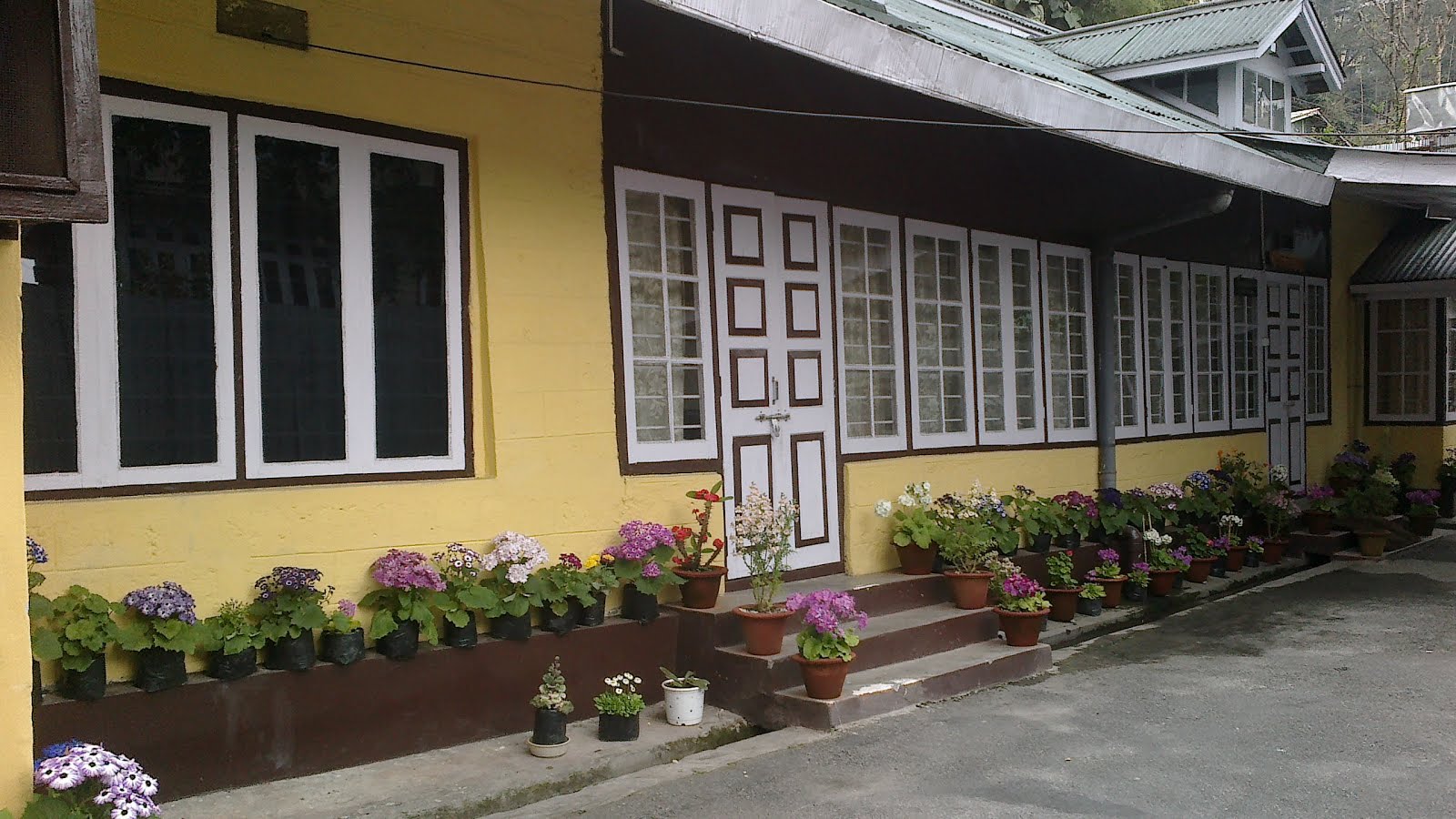







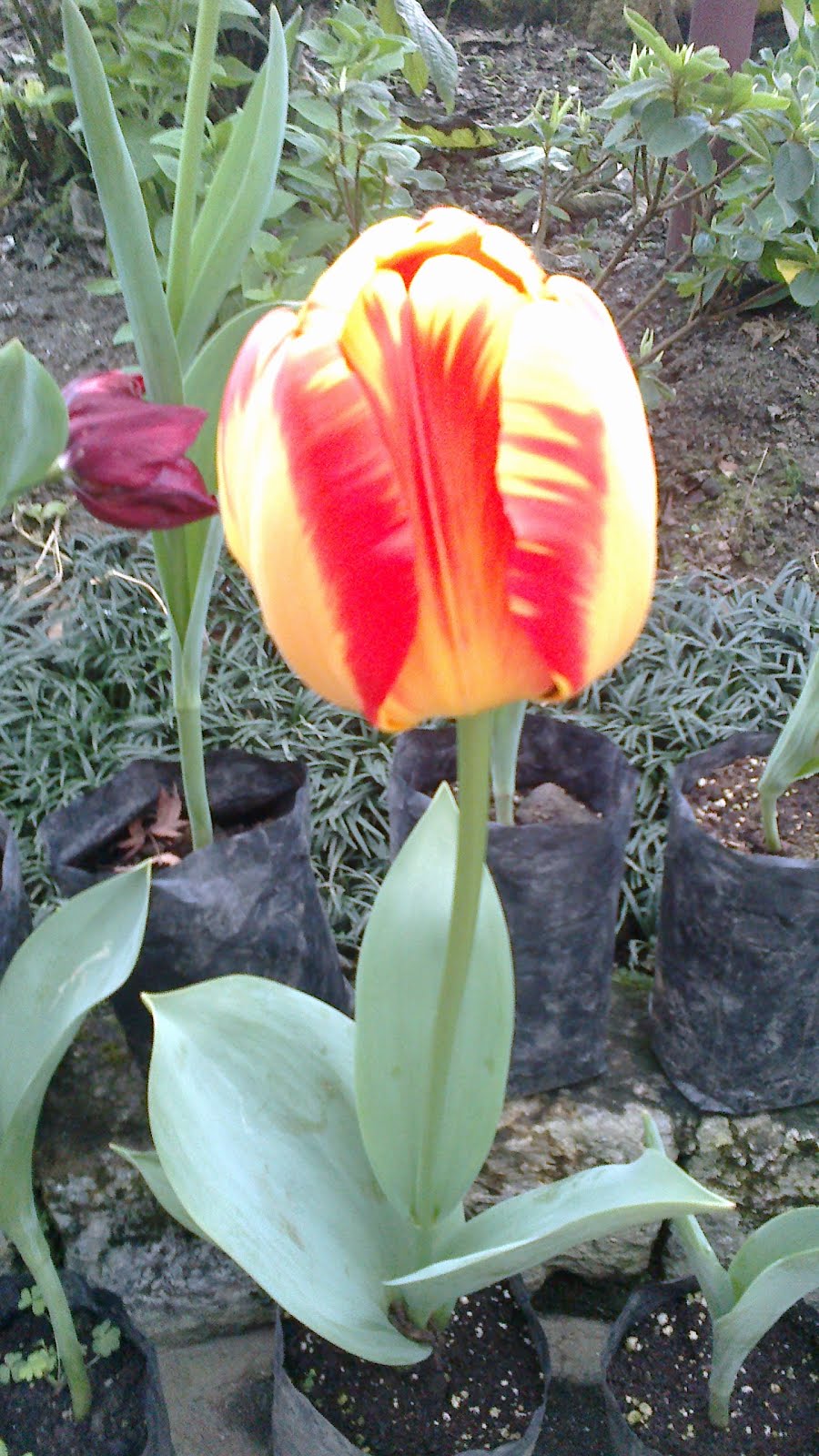
















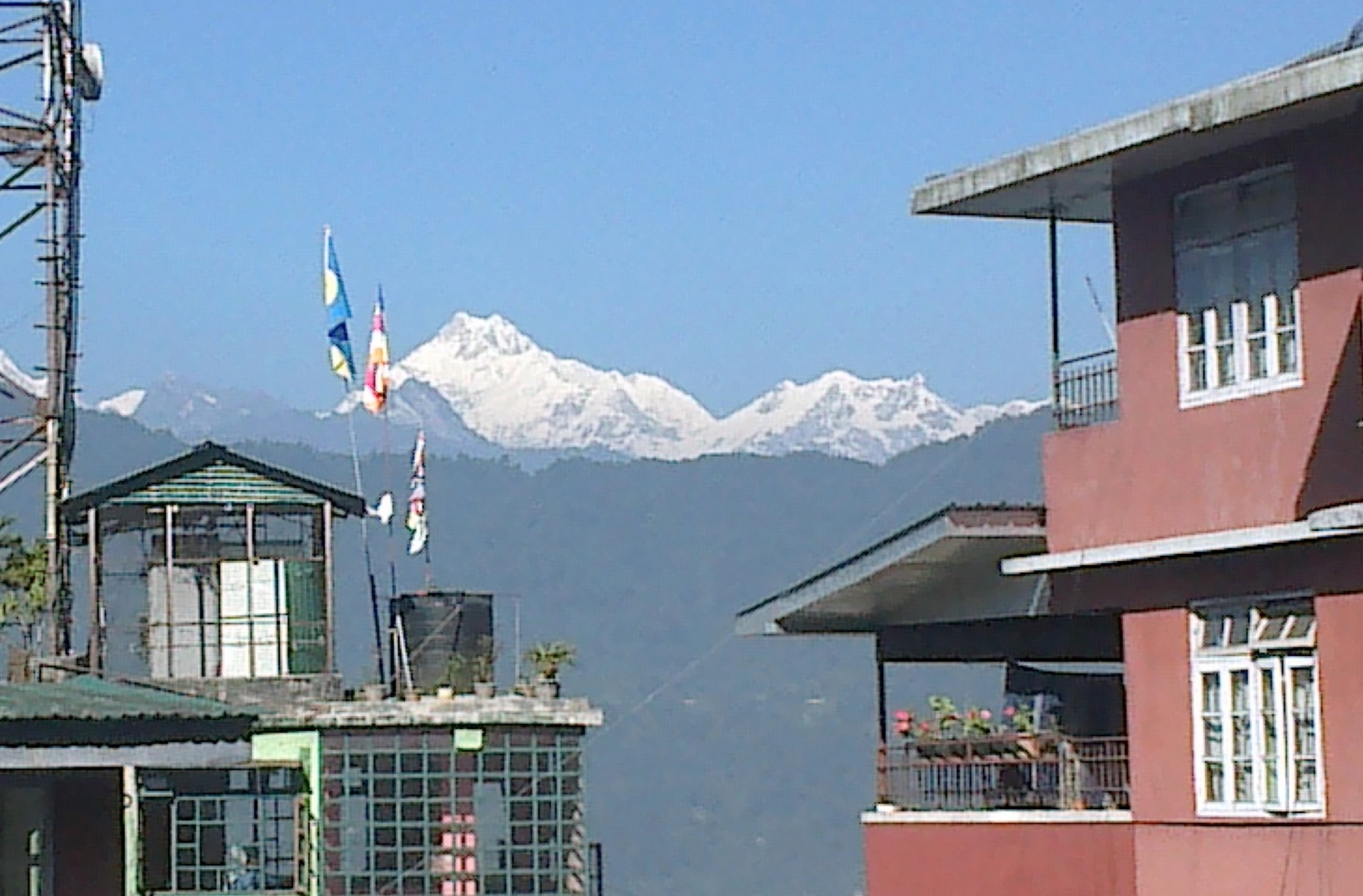


























































































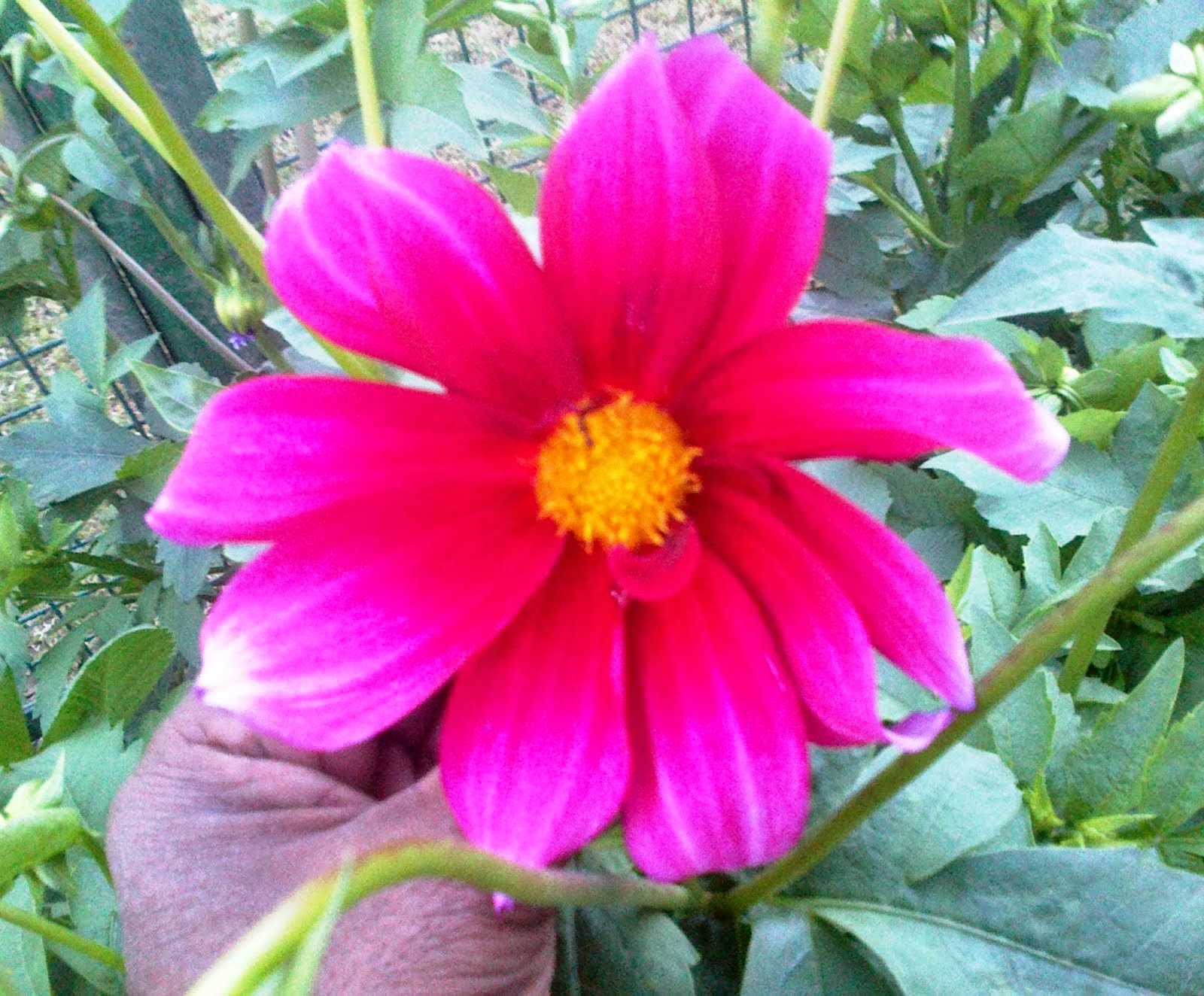



















































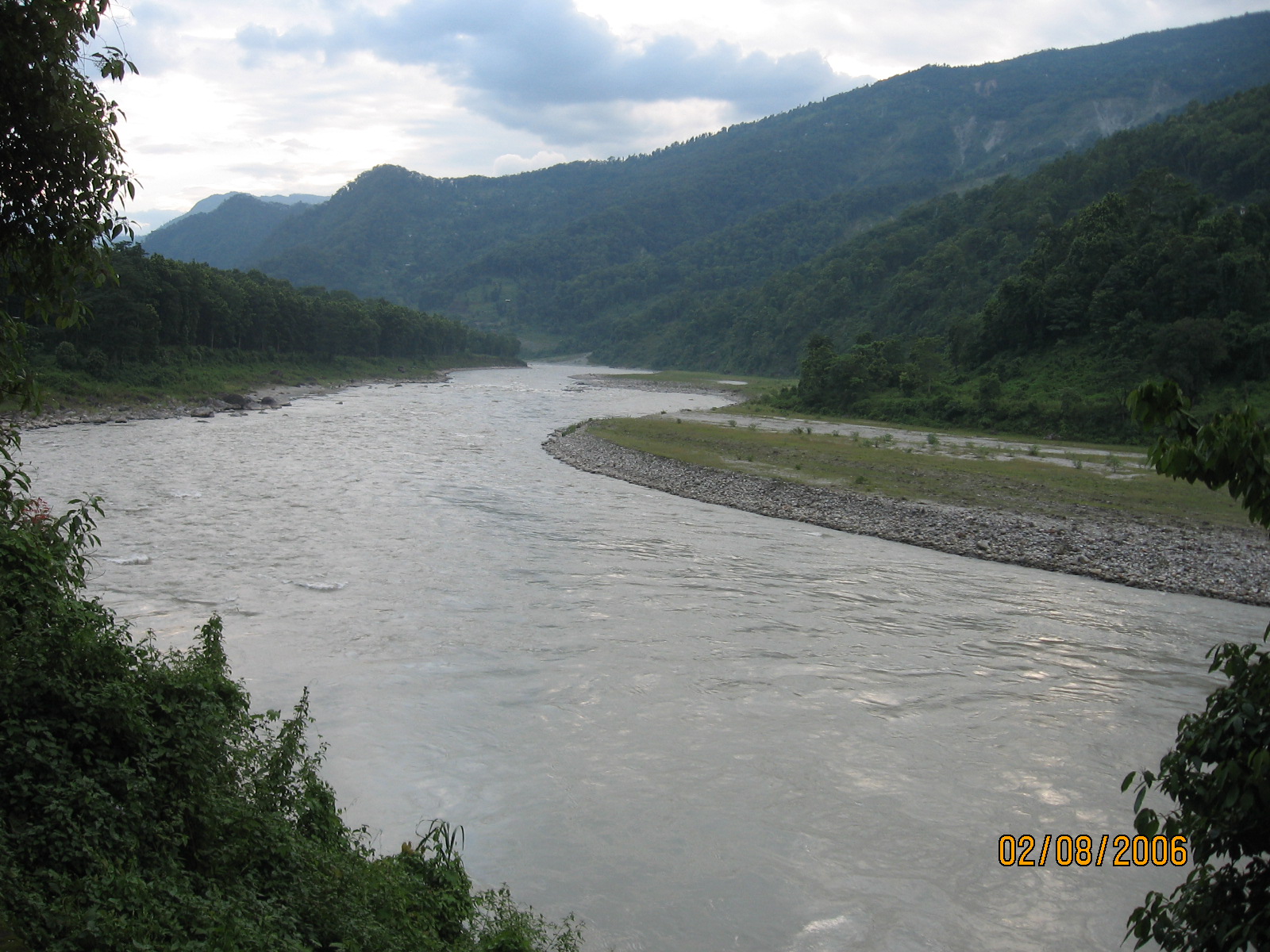

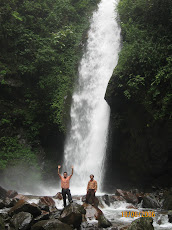
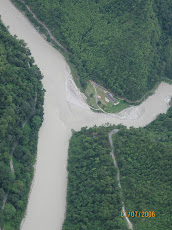
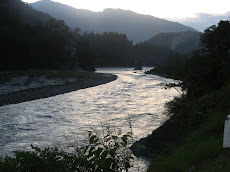
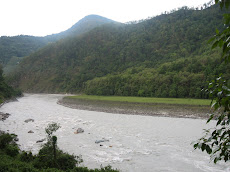
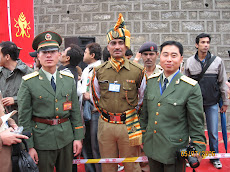
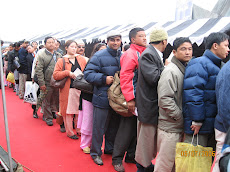
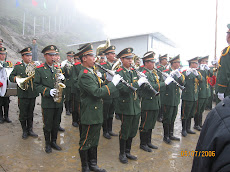


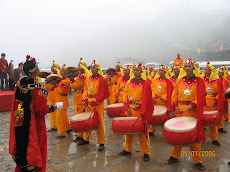
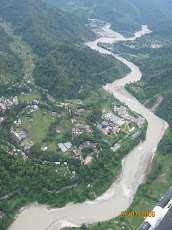




















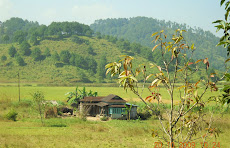
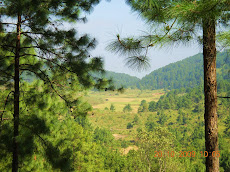








.jpg)







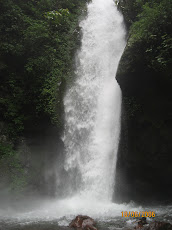
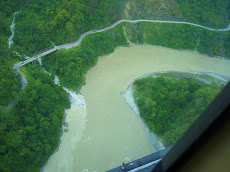


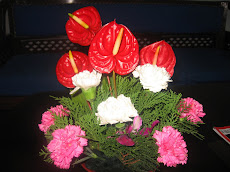





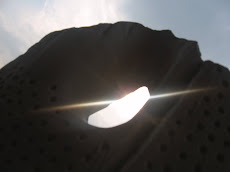
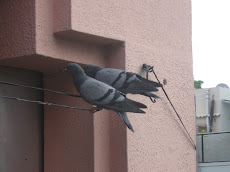
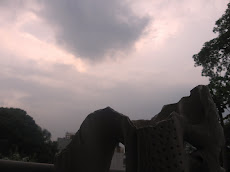
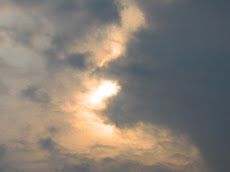
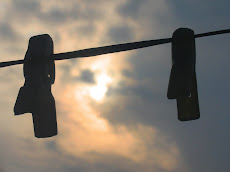
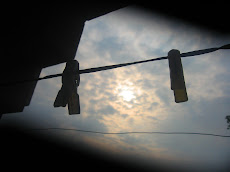

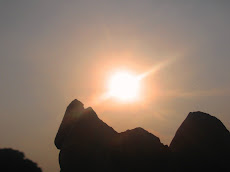
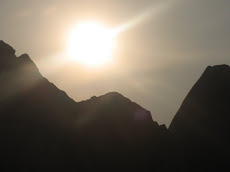
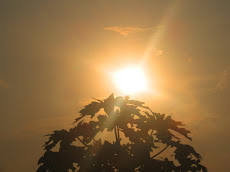


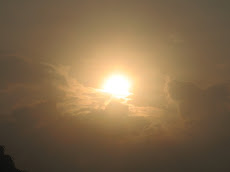

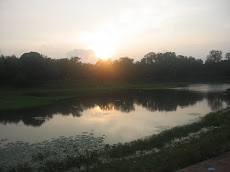
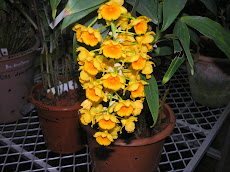
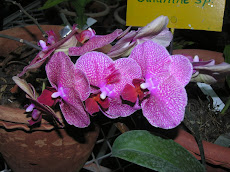

























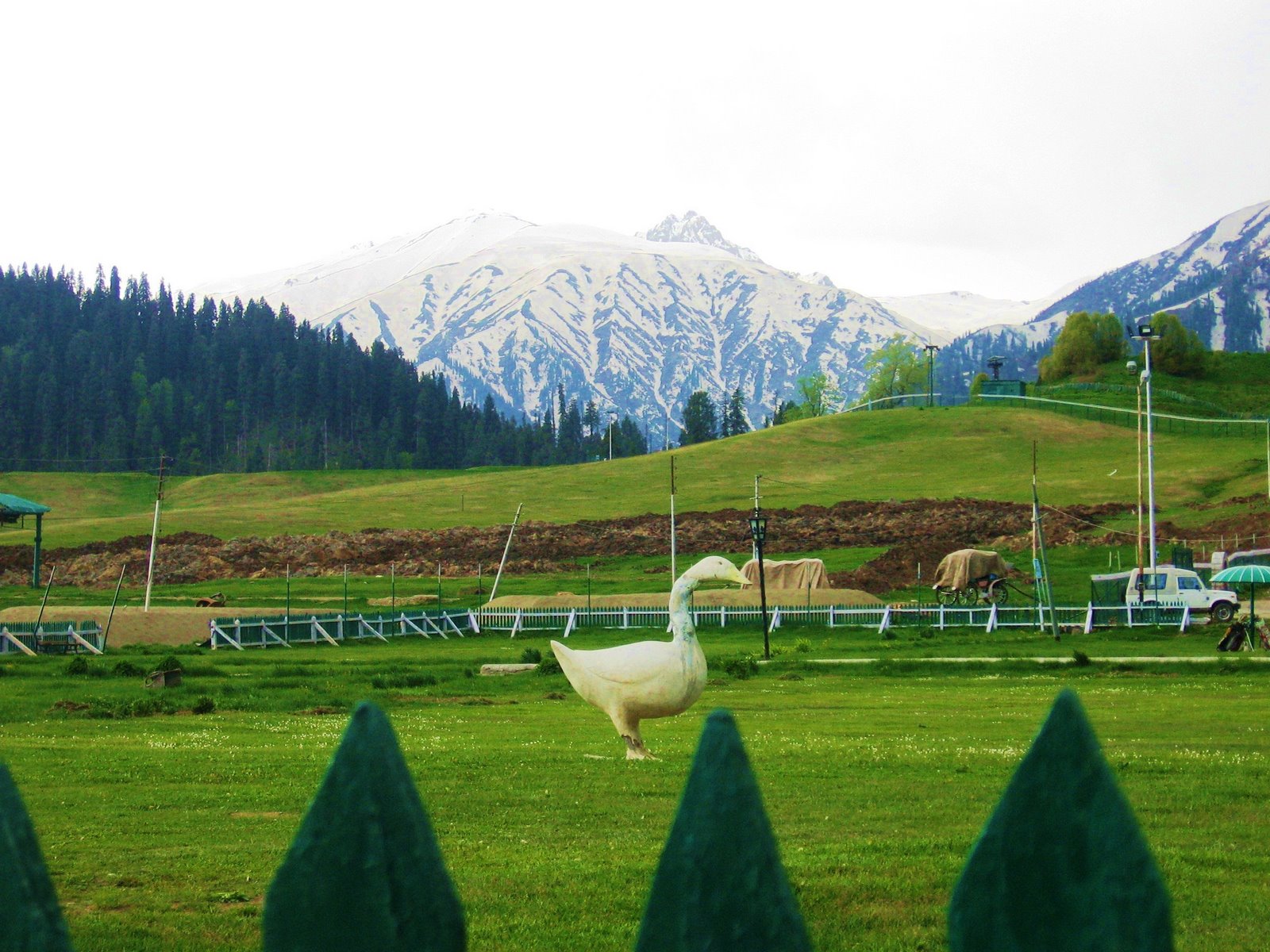
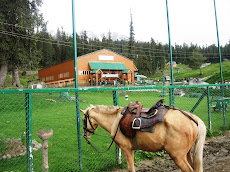
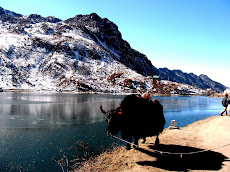






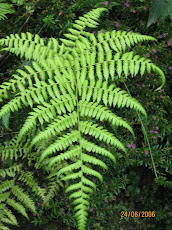

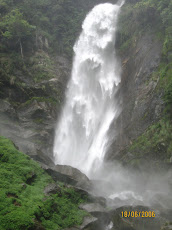



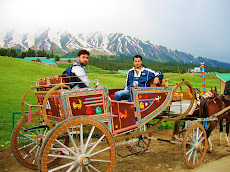






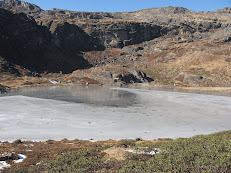

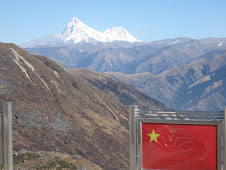



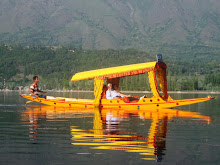
No comments:
Post a Comment